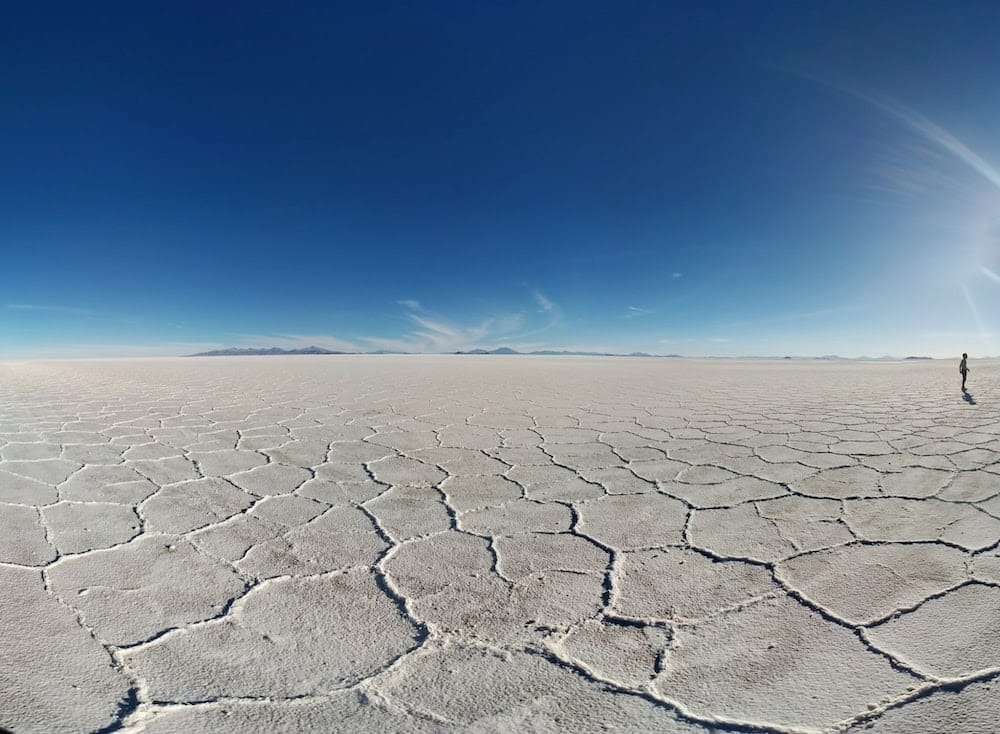
It is important to remember that we move very fast through space. In the space of a second, you’ve already covered dozens of kilometers in the Solar System, and we’re also moving in the galaxy, which is hurtling through the local universe…
In Europe, or more precisely in mainland France, plate tectonics cause us to move an average of one centimetre eastwards per year. Africa, meanwhile, is moving two centimetres northwards every year. But the record is held by the Pacific plate, which is advancing by around 10 centimetres a year towards the northwest.
What’s important is the Earth’s rotation on itself. At France’s latitudes, this is around 1,100 kilometers per hour. At the poles, it drops to just 3 kilometers per hour, while at the equator (40,000 kilometers in 24 hours), it reaches 1,600 kilometers per hour. It’s worth noting that our planet is turning less quickly on itself than it did several hundred million years ago.
As we get closer to the sun, it goes much faster. As we all know, our home planet’s period of revolution is 365 days and 6 hours. So it takes one year to complete its elliptical orbit around the Sun (an almost circular circuit), approximately 940 million kilometers long. In other words, the Earth, and all of us with it, are hurtling along at an average speed of 107,000 kilometers per hour (29.78 kilometers per second). We cover no less than 2.6 million kilometers a day.

The Earth, like all the other bodies in the Solar System, orbits its star, the Sun… which moves around the galactic bulge, alongside hundreds of billions of other stars. It takes the Sun around 230 million years to circumnavigate our galaxy (the Sun is located around 26,000 light-years from the center of our galaxy, which is 100,000 light-years in diameter). Since it was born 4.6 billion years ago, the Sun has already made 20 revolutions. Depending on the source, its average speed in the Milky Way oscillates between 720,000 kilometers per hour (200 km/s) and 900,000 kilometers per hour (250 km/s).
Please note that these values vary slightly from one source to another, and are subject to change as observations progress.




